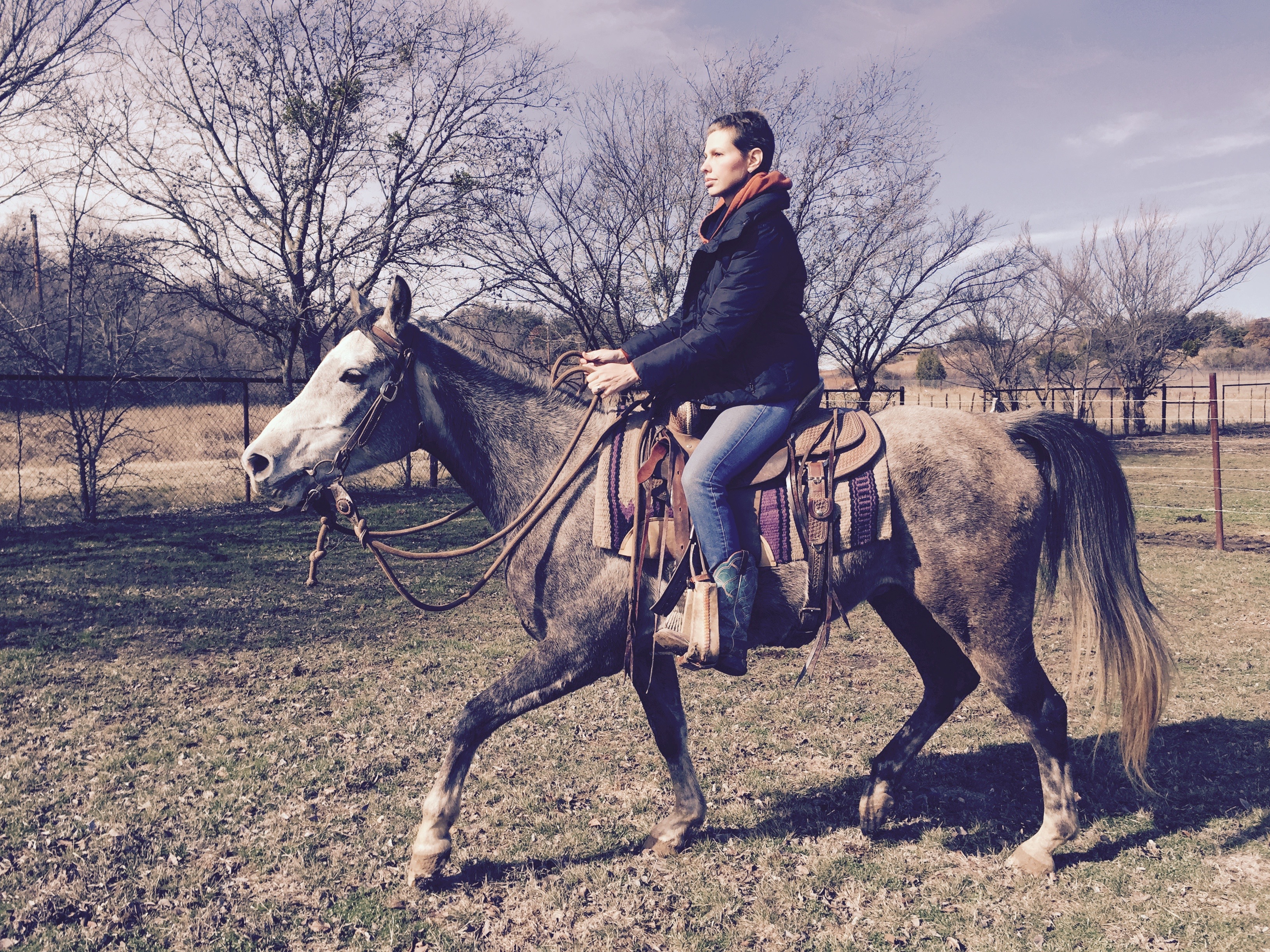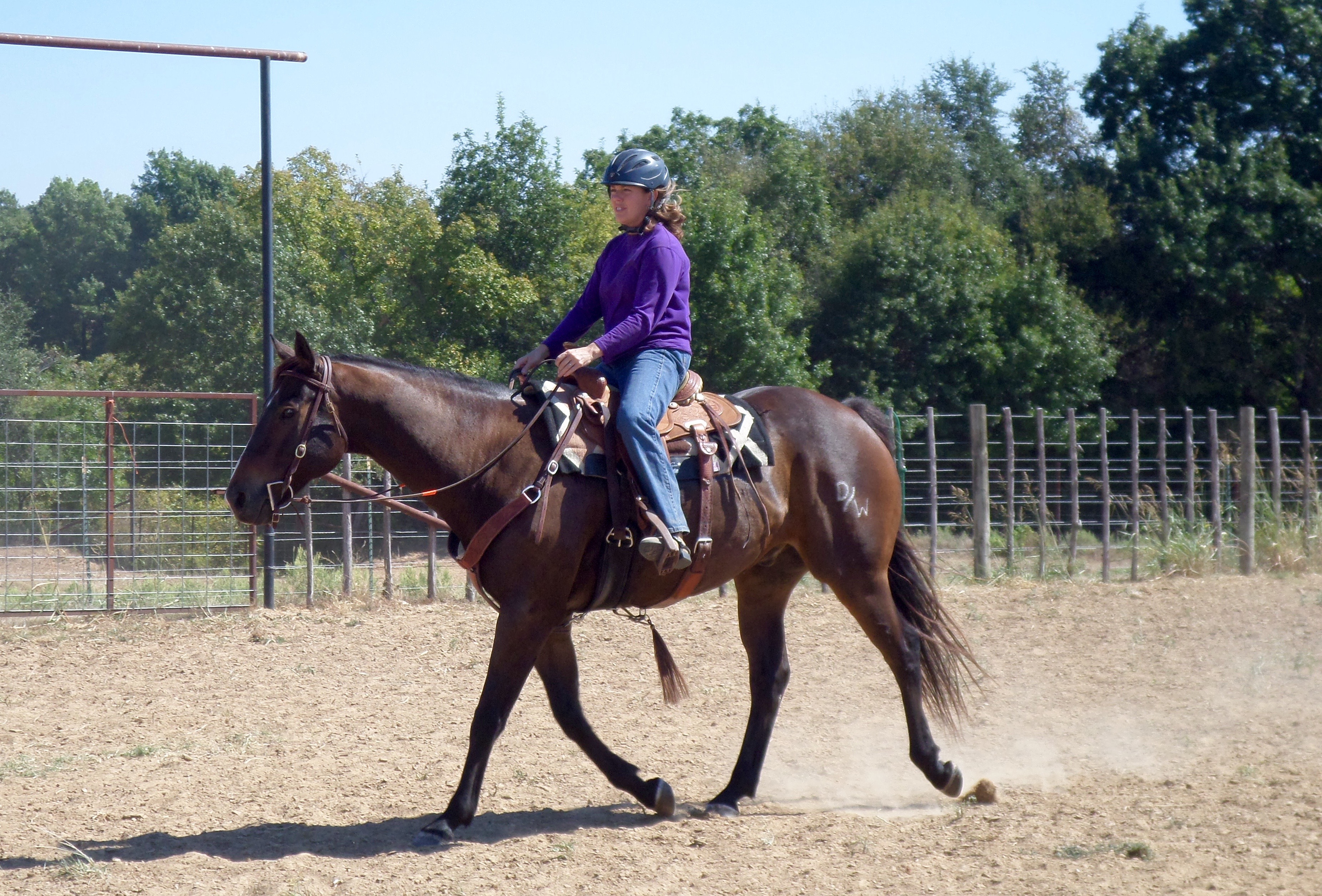HOME
The Natural Horseman – How to be the best leader for your horse
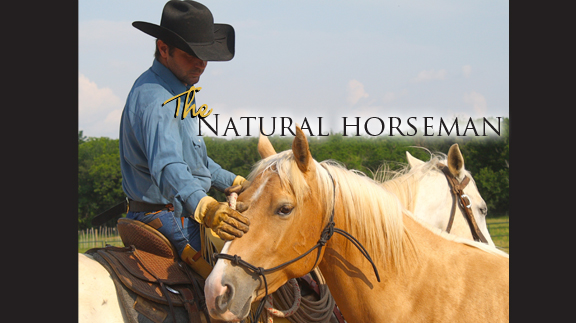
By Steve Stevens
Do you think General Lee ever looked at the ground when he rode Traveller into battle?
Looking where you are going when you ride horses might be the most important thing you can ever learn to do when riding.
If General Lee was looking down at the ground while leading his troops into battle, would Traveller and his soldiers have followed? I don’t think so.
Good leadership to me is the number one thing we must learn if we want to be good horsemen and horsewomen. And that starts with looking where you are going when you are riding. For that matter, this is true when you’re walking or driving. Go for a walk and look down at the ground and see how straight of a line you make. It is the same thing for riding horses. When we look up, our body position becomes more correct and it helps to keep the horse between our hands and legs. When we look down, our shoulders slump over and in turn, puts more weight on the front end instead of the back. That makes it harder for the horse to travel correctly. Down the road this can help lead to injuries on the front end.
If you don’t know where you are going, it isn’t really fair to ask your horse to know.
Try this little test at home- tie some ribbons or flags around your arena. Start at one spot and ride across the arena to the next and see how far you can go without taking your eyes off of the flag. Practice keeping your eyes on them at all times. It is harder than you think.
Another fun one is to get out your piggy bank and have a friend watch you ride around the arena at all three gaits and every time you look down you get buzzed and have to give them a quarter.
Be careful cause that can add up pretty quick.
Don’t cheat, some people will learn to keep their head up like they are looking up but have their eyeballs looking down. I really believe the looking down stems from fear and when we are nervous riding horses we feel safer looking down at our horse as if they are going to look back and tell you that it will be ok.
Remember we have to be the leader, so we have to find in ourselves the courage to look up, to know where we are going and to have faith our horse will follow.
My mentor, Kenny would always say, “ just look where you are going and your body and horse will follow.”
If you are trying to go somewhere over an obstacle or down a road and your horse gets stuck, make sure to ask yourself if you are looking where you are going before you get frustrated with your horse. You would be amazed how many times if you just look up, a horse that seems completely stuck will just go forward like magic.
One of my favorite songs is by the great Chris LeDoux. “The Ride.”
He sings,
“Sit tall in the saddle,
Hold your head up high
keep your eyes fixed where the trail meets the sky.
And live like you ain’t afraid to die
And don’t be scared, just enjoy your ride”
Great horsemanship starts with humility.
Have safe rides.
HOME
Goats Get To Work
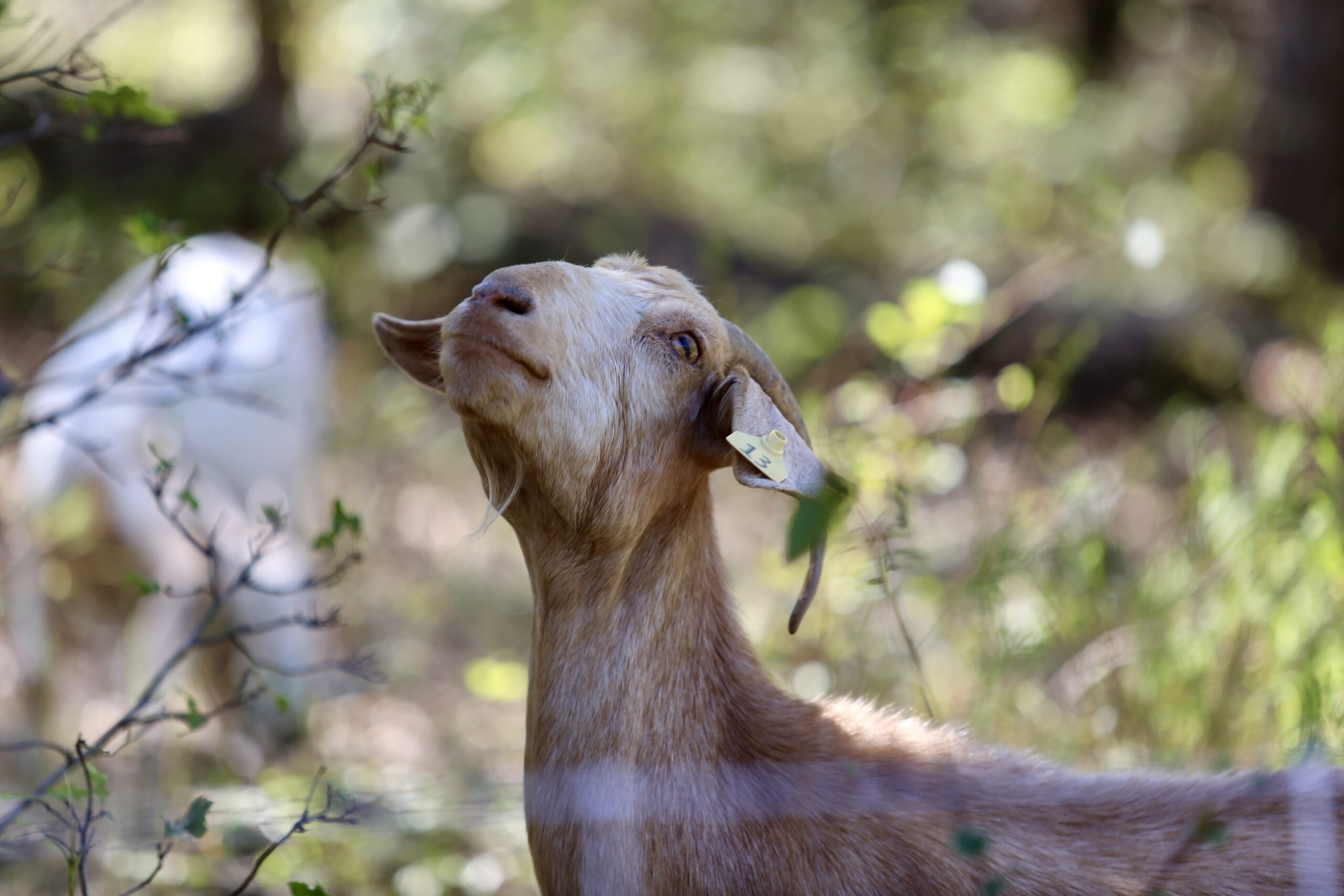
One of my professors out at Texas Tech University always told us that we aren’t just raising cattle, we’re raising grass, because without grass there is no cattle business. The same applies to most livestock species and crops we seek to raise- without good land management, no good yield can grow.
To read more, pick up a copy of the November edition of North Texas Farm & Ranch magazine, available digitally and in print. To subscribe by mail, call 940-872-5922.
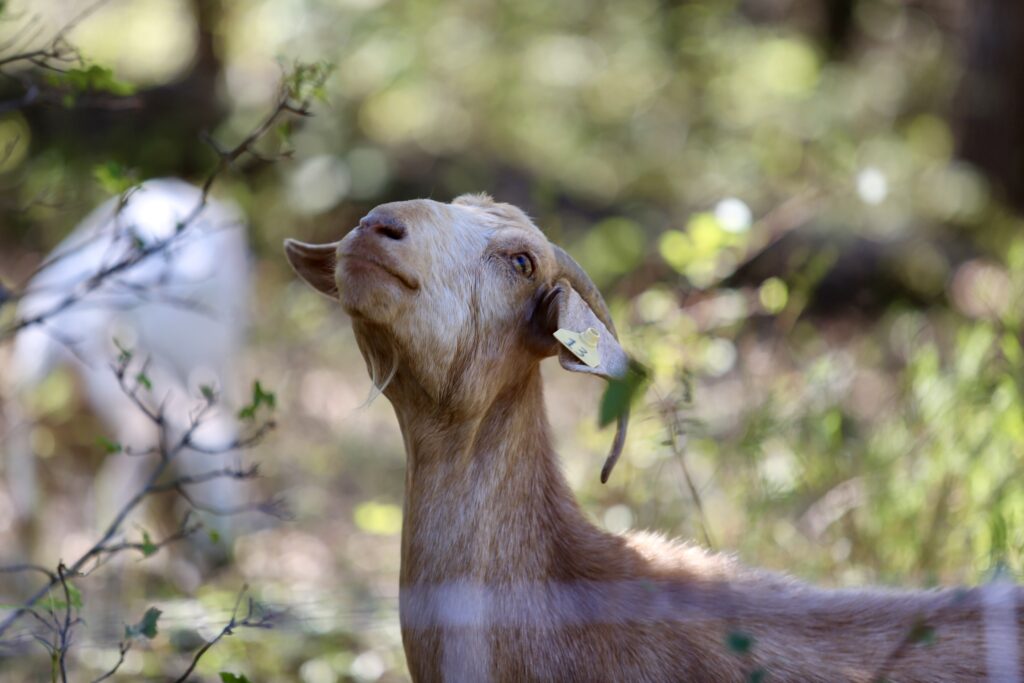
Farm & Ranch
Acorn Toxicity

By Barry Whitworth, DVM, MPH
With the prolonged drought, most pastures in Oklahoma end up in poor condition. With the lack of available forage, animals may go in search of alternative foods.
If oak trees are in the pastures, acorns may be a favorite meal for some livestock in the fall. This may result in oak poisoning.
Oak leaves, twigs, buds, and acorns may be toxic to some animals when consumed.
To read more, pick up a copy of the November edition of North Texas Farm & Ranch magazine, available digitally and in print. To subscribe by mail, call 940-872-5922.

Farm & Ranch
Silver Bluestems

By: Tony Dean
There are a handful of grasses on North Texas grazing lands ranchers need to know, not because they are highly desirable, but rather because they are not of much value. I call them “decom” plants, which is am acronym for “Don’t Ever Count On Me.” Silver bluestem is a “decom” grass.
Silver bluestem is a perennial which grows in all areas of Texas. It can survive in almost all soil types, and in full sun conditions or in semi shade. It grows up to three feet tall and is easily recognized with the presence of the white fuzzy seed head. Also, one of the identifying characteristics of Silver bluestem is a bend in the stems at each node, causing the plants to take on a rounded shape as they mature.
To read more, pick up a copy of the November edition of North Texas Farm & Ranch magazine, available digitally and in print. To subscribe by mail, call 940-872-5922.

-

 Country Lifestyles2 years ago
Country Lifestyles2 years agoScott & Stacey Schumacher: A Growth Mindset
-

 Country Lifestyles8 years ago
Country Lifestyles8 years agoStyle Your Profile – What your style cowboy hat says about you and new trends in 2017
-

 HOME8 years ago
HOME8 years agoGrazing North Texas – Wilman Lovegrass
-

 Equine1 year ago
Equine1 year agoThe Will to Win
-

 Country Lifestyles5 years ago
Country Lifestyles5 years agoAmber Crawford, Breakaway Roper
-

 Outdoor9 years ago
Outdoor9 years agoButtercup or Primrose?
-

 Country Lifestyles8 years ago
Country Lifestyles8 years agoJune 2016 Profile – The man behind the mic: Bob Tallman
-

 Country Lifestyles8 years ago
Country Lifestyles8 years agoDecember 2016 Profile, Rusty Riddle – The Riddle Way

